Designs Accessible for Everyone
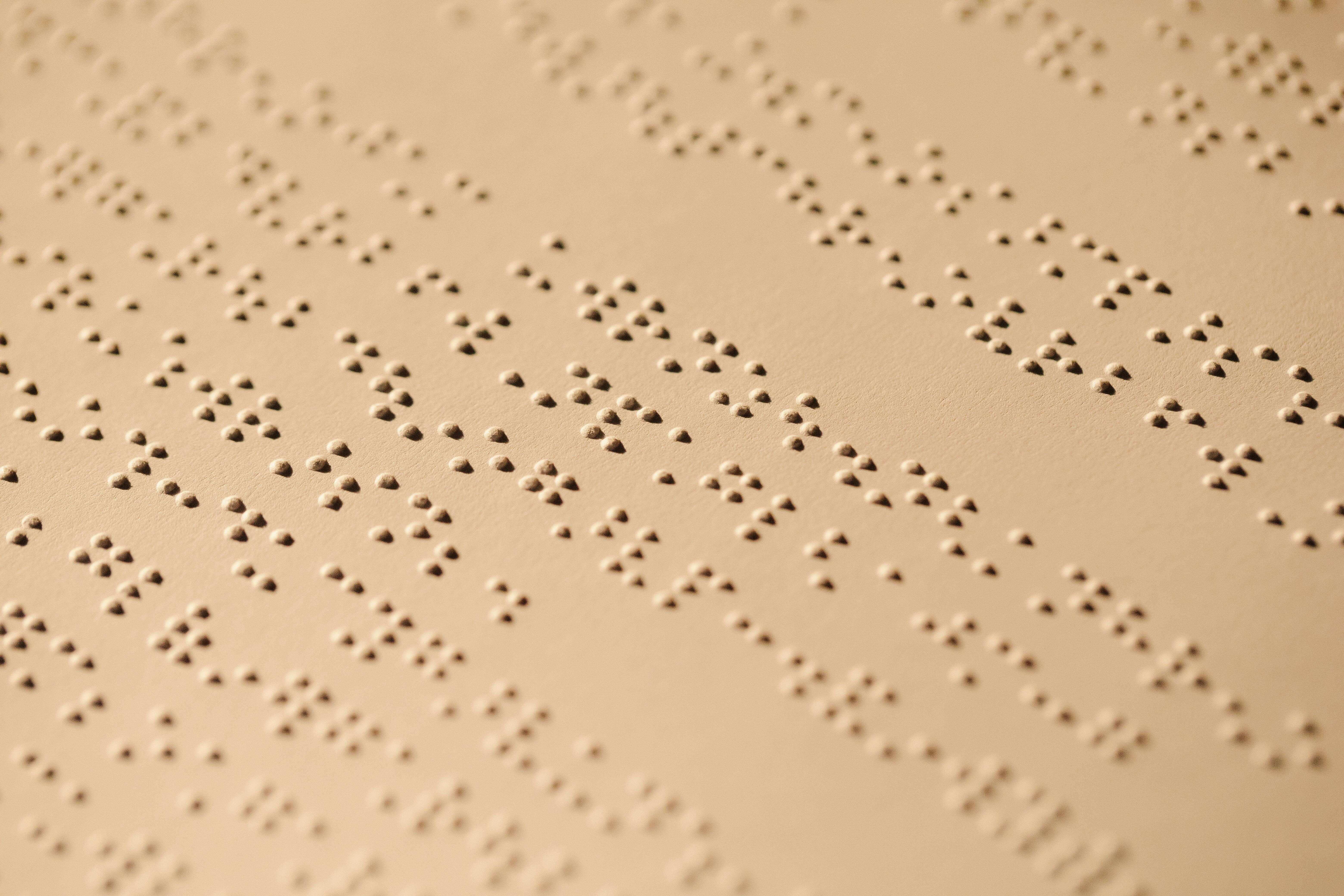
Every year, from May 10th to 16th, 156 member countries of the United Nations observe the “Week of Persons with Disabilities.” This special week presents a vital opportunity to spotlight the challenges faced by individuals with disabilities, integrate them into society, enhance their quality of life, and foster social awareness. Disability impacts not only physical aspects but also emotions and social interactions. So, where does “design” intersect with this? Designs tailored for individuals with disabilities not only surmount physical obstacles but also ensure accessibility and inclusion across all segments of society. Enabling individuals to navigate independently while addressing their daily needs and enhancing their social engagement, these designs motivate progress toward a more inclusive society.
To underscore the significance of designs aimed at facilitating the daily lives of individuals with disabilities, we have examined them for you.
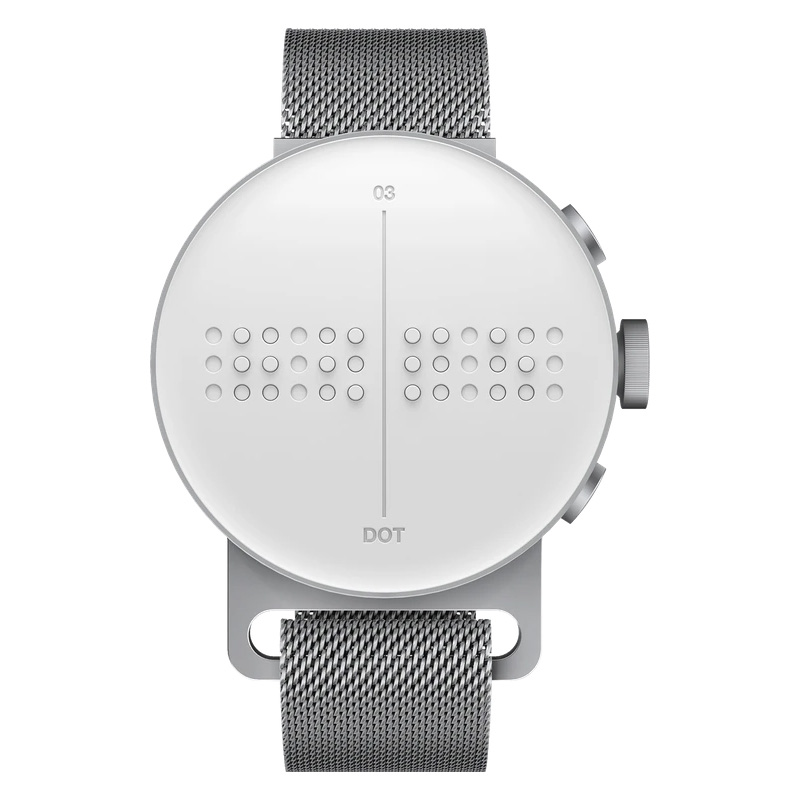 Dotincorp, Dot Watch |
“Dot Watch” Smartwatch
Developed by South Korean technology company Dotincorp for the visually impaired, the “Dot Watch” smartwatch derives its name from the dots of the Braille alphabet. Featuring an intuitive touchscreen display, the “Dot Watch” translates every text message into Braille, offering faster and more convenient readability directly from the watch's face. Additionally, the device notifies users of incoming calls from their phone using this method, and it offers essential features such as a time and date display, alarm clock, timer, and stopwatch. Designed to be compatible with all smartphones, this product enables users to effortlessly manage daily tasks without the necessity of memorizing Braille letters and abbreviations.
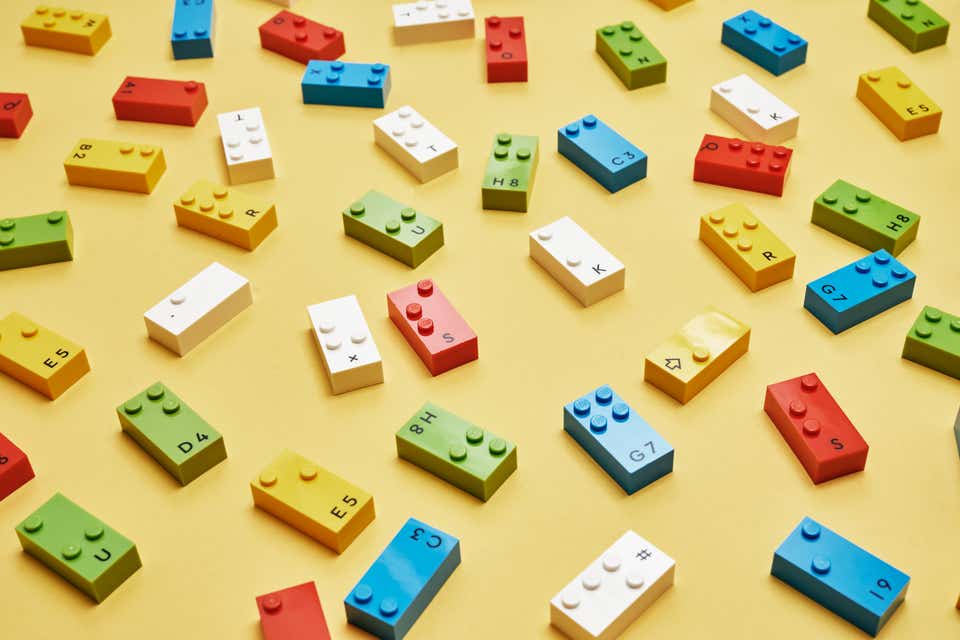 LEGO® Braille Bricks |
LEGO® Braille Bricks
“LEGO® Braille Bricks” offers a fun and engaging play experience to help visually impaired children develop tactile skills and learn Braille. The playset includes 2 base plates and over 250 bricks in five colors: white, yellow, green, red, and blue. Each brick features studs corresponding to the numbers and letters in the Braille code. Fully compatible with all other LEGO products, “LEGO Braille Bricks” also features a printed version of the symbol, letter, and number. Designed for visually impaired children aged 6 and up, the game invites users of all ages curious about Braille to join in the fun.
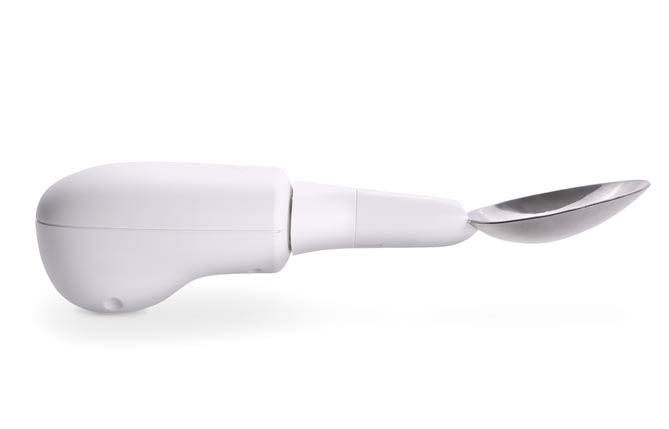 Liftware Steady |
Liftware Steady
Designed for Parkinson’s patients, “Liftware Steady” offers easier eating by reducing hand and arm tremors. The product, equipped with advanced sensor and motor-based technology, counteracts these movements by exerting force in the opposite direction upon detecting user tremors. Comprising two parts, “Liftware Steady” operates with a charging apparatus similar in structure to an electronic toothbrush. The product offers spoon, fork, and spork head alternatives designed in two different sizes to suit various needs.
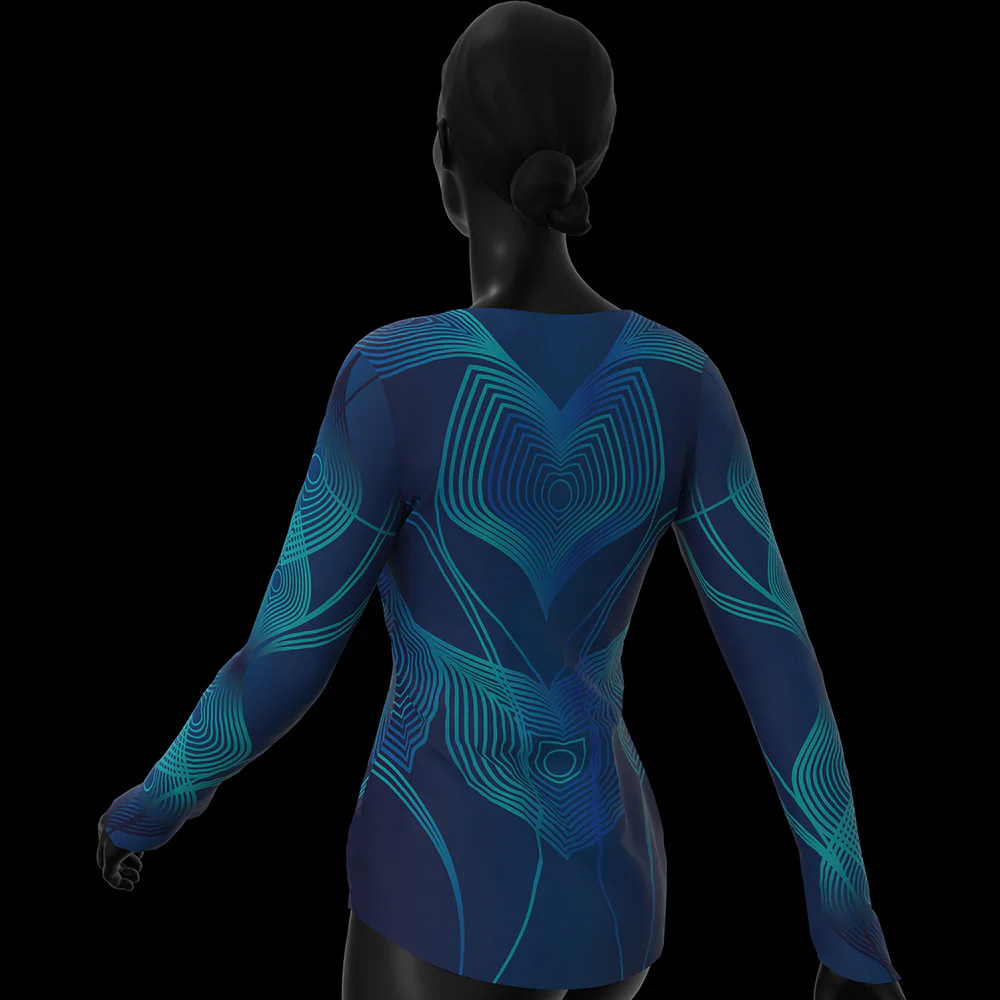 |
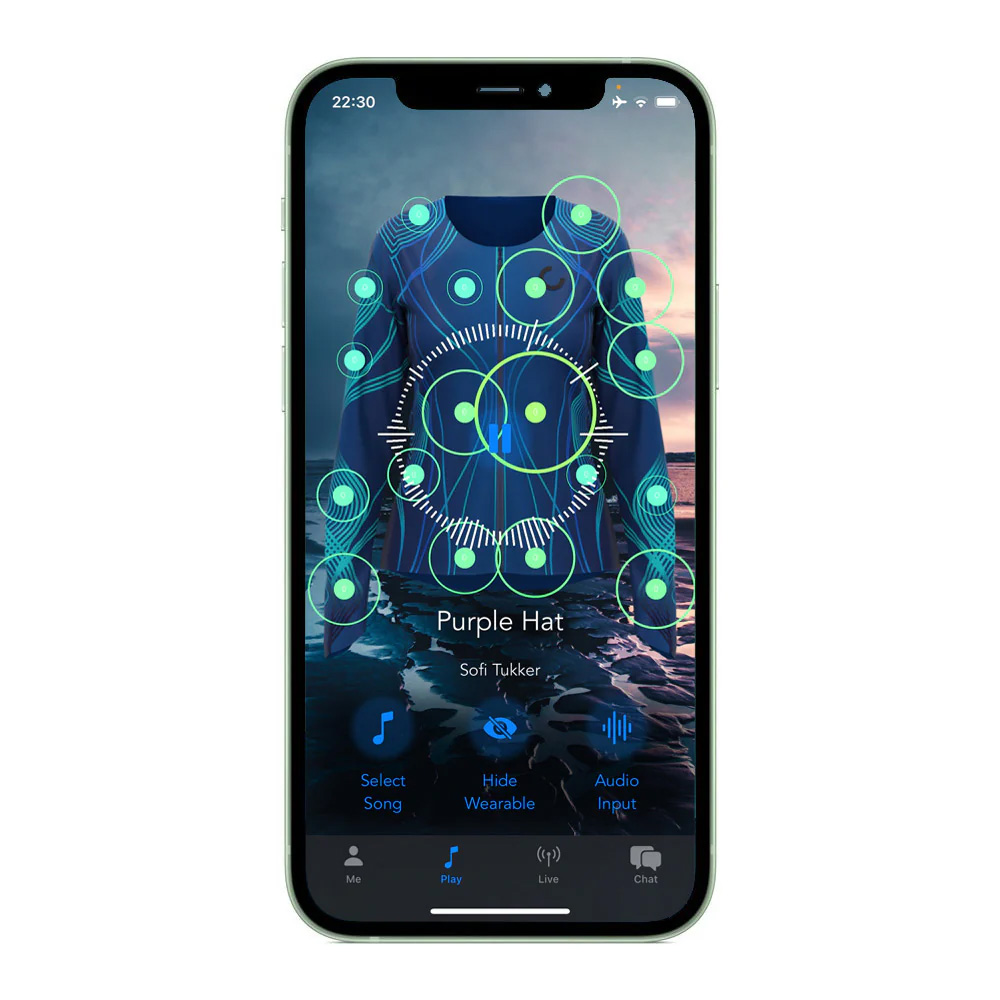 |
Sound Shirt
Wearable technology brand CuteCircuit introduces the “Sound Shirt,” enabling hearing-impaired individuals to experience music through their sense of touch. Constructed with woven conductive fabric and equipped with 28 microactuators, the “Sound Shirt” translates sounds into vibrations corresponding to the music’s intensity. In doing so, the design visualizes the relationship between vibrations and sound waves modulated at different frequencies. Not only does the product allow hearing-impaired individuals to enjoy music, but it can also connect to any video game console, such as PlayStation, for an immersive gaming experience.
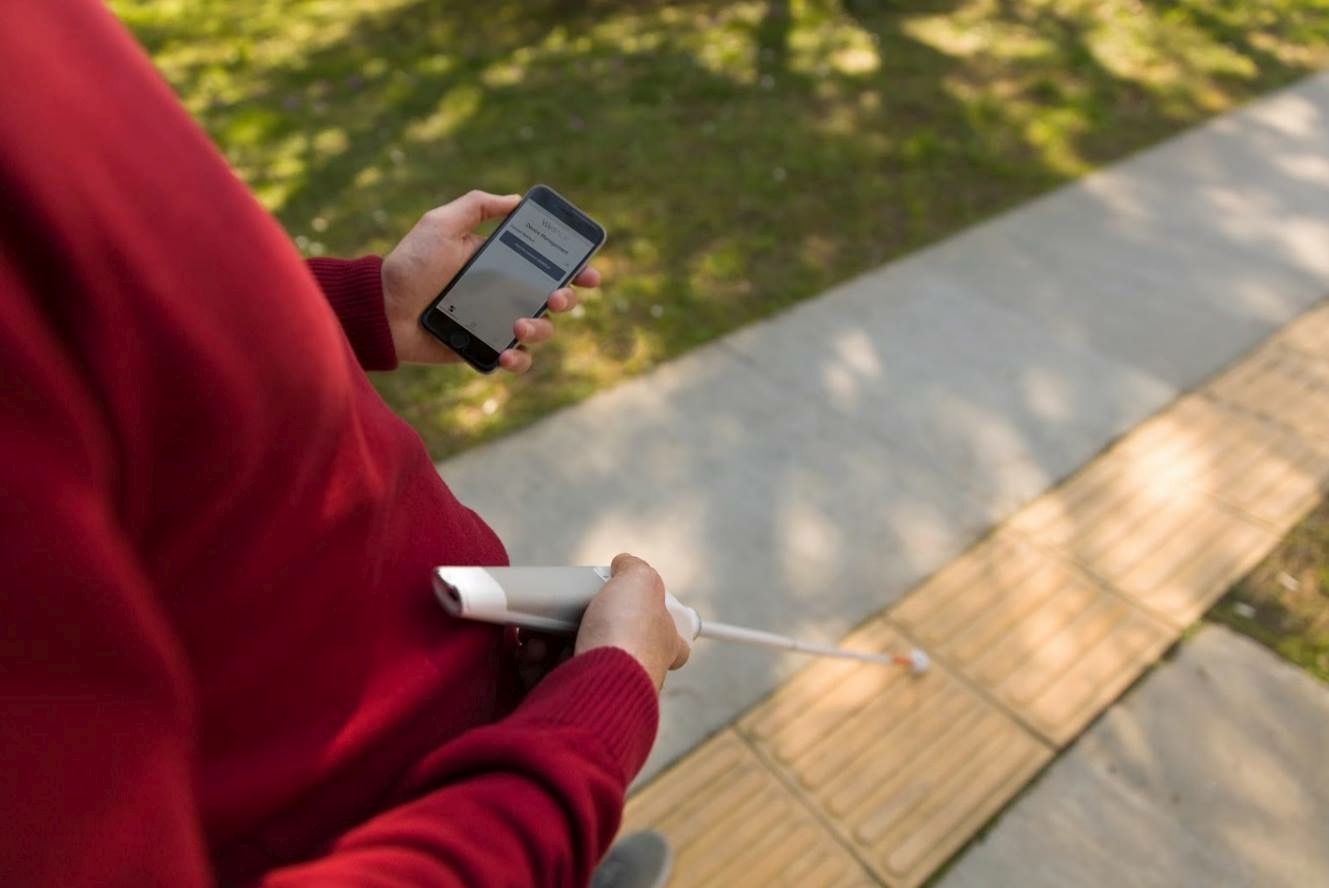 WeWALK |
WeWALK
“WeWALK”, a smart cane designed by Mete Mordağ, aims to address the challenges encountered by the visually impaired in their daily lives. Distinguished by its aesthetic and ergonomic design, the smart cane seamlessly integrates with Google Maps and voice assistant Alexa. Featuring a rechargeable battery via a USB port, ultrasonic sensors, and vibrating warning motors to detect obstacles, it also enables users to interact with their phones without physically handling them, thanks to its touchpad and Bluetooth connection. This functionality minimizes balance issues faced by visually impaired individuals during daily activities, such as navigating public transportation, walking on crowded streets, or using stairs.
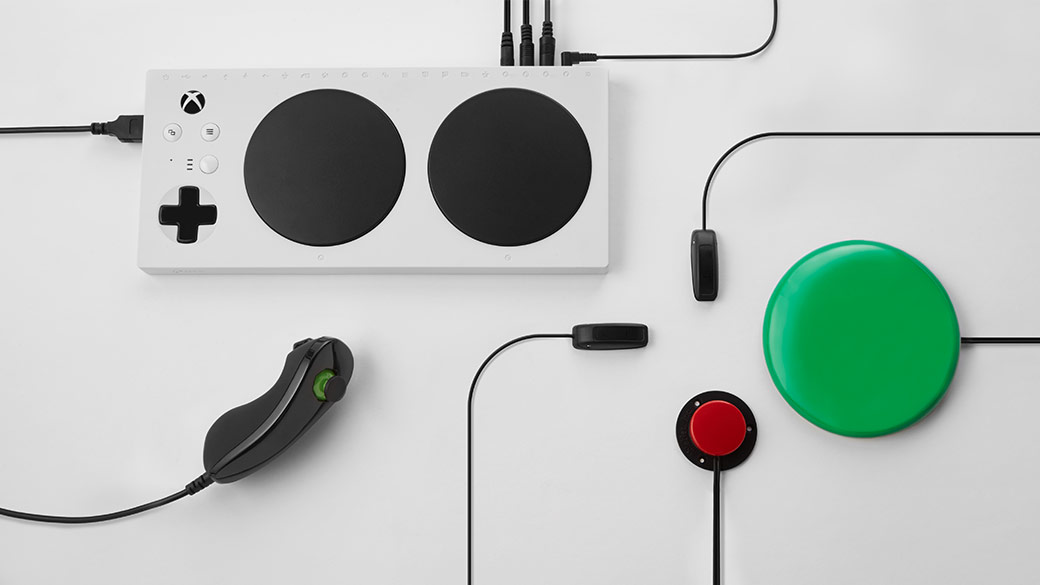 Xbox Adaptive Controller |
Xbox Adaptive Controller
Designed by Microsoft to meet the needs of gamers with limited mobility, the “Xbox Adaptive Controller” aims to make gaming accessible to everyone. The device, featuring two large buttons, has inputs for multiple joysticks and external devices. It facilitates gaming on both Xbox One and Windows-based PCs.
